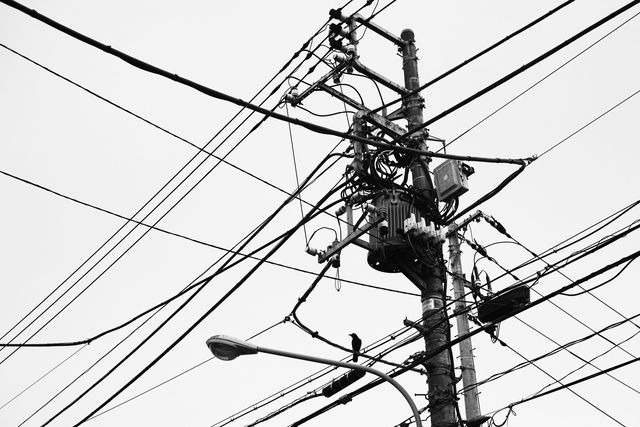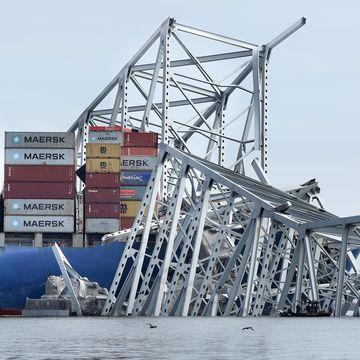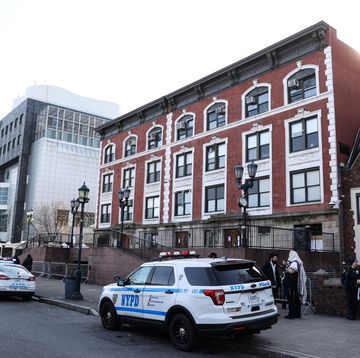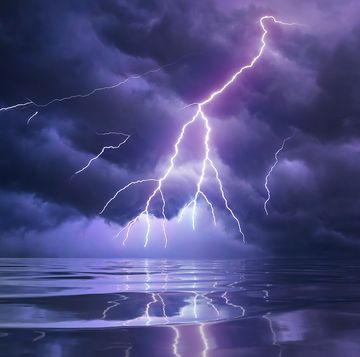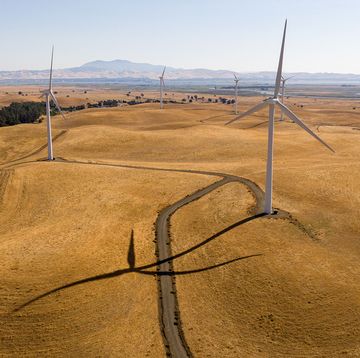Tepco, the Tokyo Electric Power Company, expects to sink some $188 billion into cleaning up the aftermath of Fukushima, which may make $6.8 billion seem like a drop in the bucket. But when it comes to removing hundreds of thousands of utility poles from Tokyo's city streets, time crunch layers on additional pressure. The ideal deadline? Before the 2020 Olympics.
There are plenty of reasons for the push, the most obvious being a matter of aesthetics. Not only are overhead wires unsightly in general, but Tokyo has an outsized number of them. Only seven percent of the city's utility lines are underground, as Bloomberg notes, compared to 100 percent in other famous cities like Paris.
But the lines also pose a danger in the event of an earthquake, in which case fallen poles could lead to fires. It's a bad situation in general but especially in the aftermath of a nature disaster when such fires are particularly difficult to fight.
This sort of deadline-centric push for urban updates is par for the course when it comes to Olympic cities, though usually without lasting results. A light rail system built for the Sochi Olympics now lays in disuse as investors abandon their shares. Rio, meanwhile, seems set to backslide after nearly $12 billion of investment. Tokyo's push to put utilities underground, however, should have lasting benefits even if the timeframe is tight and Fukushima is still looming in the background. Beats a stadium-sized parking lot, at least.
Source: Bloomberg
